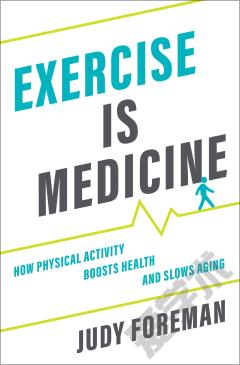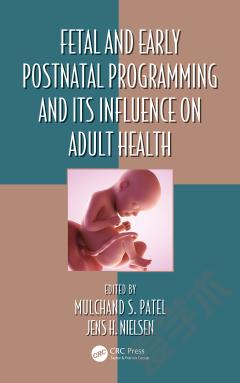Adherence to Medical Plans for Active and Healthy Ageing
Non-adherence to medical plans remain a challenge for health care professionals and scientists, as their efforts to improve and explain patients’ adherence appear to be ineffective. In fact, a study by the World Health Organization found that only 50% of the patients in developed countries adhere to recommended treatment plans. This degree of non-adherence results in a high number of patients that do not get the maximum benefits of medical treatment, which is associated with high health care costs, lower quality of life and poor health outcomes. A polypharmacy is often associated with inappropriate prescriptions, drug-drug and drug-disease interactions, and prescription cascade, which can all increase the risk of adverse drug reactions and therefore the discontinuation of treatment. In addition, the management of chronic diseases requires the patient’s continuous psychological adaptation and behavioral reorganization to face recurrent changes in therapeutic indications.We propose this book edition given the great clinical-socio-economic impact of non-adherence in global healthcare systems and the lack of advocacy both at the public and at political levels. In fact, non-adherence to medical plans is a double burden affecting the clinical outcome and consequently healthcare resources: it wastes pharmaceutical resources and prevents the correct treatment of specific conditions, leading to further medical expenditures and hospitalization associated with lower quality of life and poor health outcomes. Non-adherence to medical plans is a public health problem that affects all people in general, but with particular significance in older adults, as they show the co-occurrence of multiple chronic diseases and conditions. Many interventions to improve adherence have been described in the literature. Most interventions are associated with adherence improvements, but not with improvements in other outcomes, such as biomarkers, morbidity, mortality, quality of care, quality of life, patient’s satisfaction, health care utilization and costs. In fact, adherence rates remained unchanged over the last few decades. The reasons for the slow progress seem to be the lack of comprehensive theoretical models to explain non-adherence and to explain the potential success of a given intervention. Moreover, we believe that in the near future research in this area will be increased significantly, as this area is one of the priorities of the Horizon 2020 of European Commission for Research and Innovation.
{{comment.content}}








 京公网安备 11010802027623号
京公网安备 11010802027623号